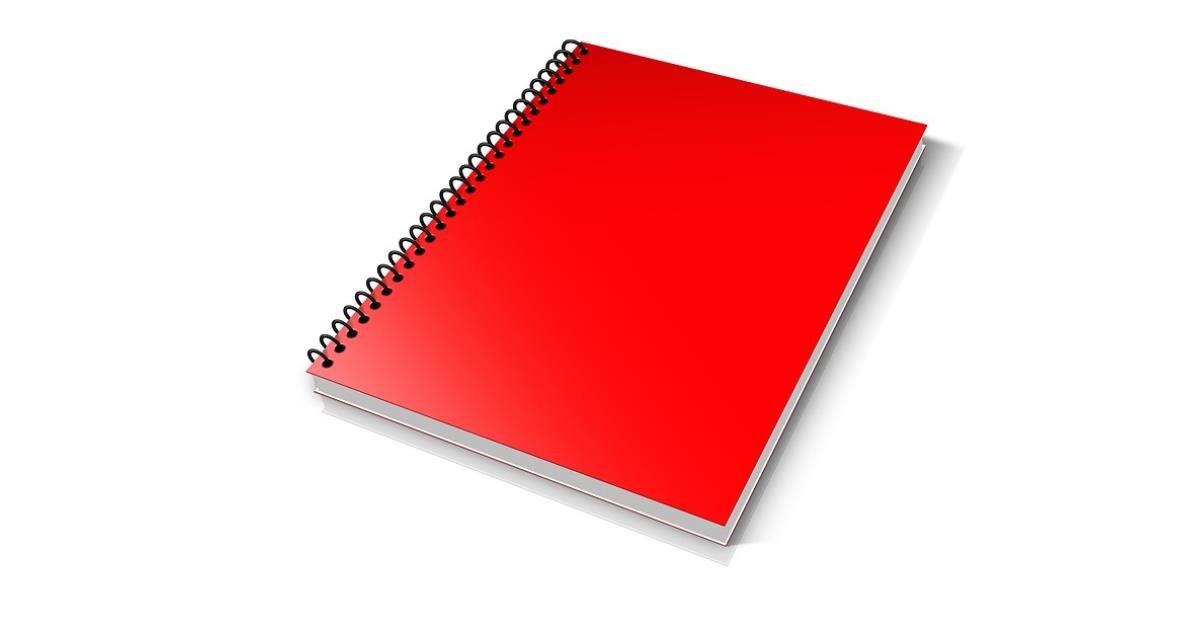How to Write Policies and procedures for a Business
A policies and procedures document for your business defines workplace behavior between staff and with clients, standardizing workplace operations for better consistency in the pursuit of business goals.last updated Saturday, March 30, 2024
#Policy Statement #Business Policies and Procedures
| | by John Burson |

QUICK LINKS
AD
Get access to EB 5 Visa Investment Projects
Business policies and procedures that influence a business’ long-term goals help in assessing the consistency of the business. Proper policies and procedures document addresses multiple issues such as compliance with federal and state regulations, business operations, risk management, and giving guidelines for business improvement. In general, a policies and procedures document provides a standard document for conformity while clarifying issues for employees.
Choose a Focus
Define the focus of the policies and procedures document early on in the process. Instead of focusing too much on trivialities such as answering the phone, divide that task into phases, select departments, and focus on tasks with more significance to the business, such as tracking client inventory or collecting client feedback. Ensure that the processes you document have well-defined procedures. Start by creating a priority list, and work on each department until you complete the document.
Define the Contents
A policies and procedures document should have a statement that defines the purpose and scope of the process while defining key terms. You should also detail any evaluation methods to assess business outcomes and any references to other documents referred to in the policies. You can also attach relevant forms such as client information forms or inventory forms.
Proof Read
To avoid errors in the policies and procedures document, follow the seven Cs of context, consistency, completeness, control, compliance, correctness, and clarity. Each C helps you tick off a step that improves the quality of the documents. Make sure you proofread the document before declaring it complete.
Room for Improvement
Creating a document and deliberately leaving it open to continual improvement saves you time and money; you can start with a rough draft and then work on revising it once every quarter, after 6 months, or annually. Create time to compare existing policies and procedures documents with the business needs and revise it accordingly to keep up with changes in the business. As a young business, you will change operations a lot and work to improve processes continually. With this in mind, your policies and procedures document should be flexible and adaptable to allow for growth.
Free Consultation
Similar Pages
- Five Steps To Making Sales Through Social Media

- LinkedIn Sales Navigator, GMail & CRM: Working Together to Boost Sales

- Tools and services for B2B marketers on Social Media Marketing

- 10 Essential B2B Social Media Tools for Efficient Marketing

- B2B Social Media Marketing: Smart Ways to Generate Leads

- B2B Video Marketing: Best Practices to engage customers and improve conversion

- B2B SEO: Best Practices

- B2B Social Selling: Making a Foolproof Plan

Popular
Benefits of the EB-5 Visa Program | Guide
Search within Paperfree.com
